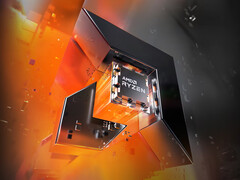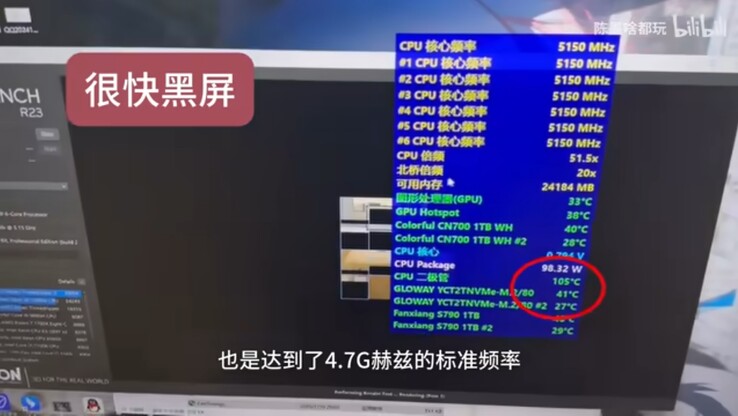AMD quietly launched the Ryzen 5 7400F as a six-core Zen 4 CPU in late January as a budget alternative to the more modern Zen 5, Ryzen 9000 CPUs. The initial launch has been limited to China, and a recent review on Bilibili indicate that AMD may have cut some corners in order to achieve its low price.
According to the review, the AMD Ryzen 5 managed to hit its thermal limit in its stock thermal configuration of just 65 W. This led to an investigation confirming that non-soldered thermal interface material was used between the CPU heat spreader and CPU die. This is a pretty stark departure from the regular approach taken by AMD for its Ryzen series. Apart from G-series CPUs, like the Ryzen 7 8700G (curr. $254.99 on Amazon), all previous AMD Ryzen CPUs have featured soldered IHS designs.
The solder has previously been shown to drastically improve thermal conductivity compared to regular thermal paste, and the 7400F more or less proves this once again.
The reviewer paired the Ryzen 5 7400F with a 360 mm DeepCool AIO and DDR5-6000 RAM, and he tested the CPU in Cinebench R23 to evaluate thermal and compute performance. Despite very nearly matching the Ryzen 5 7500F in terms of performance, the Ryzen 5 7400F quickly reached its 95° C TJMax during the benchmark, even jumping as high as 105° C in one occasion when boosting to 98 W.
After double-checking that the AIO was making adequate contact with the CPU's IHS, he delidded the CPU, removing the IHS to find only thermal paste conducting heat away from the CPU.
One potential explanation for the lack of solder under the IHS is as a cost-cutting measure. It can also help prevent CPU die cracking as a result of thermal expansion and contraction, but that is unlikely to be the case on such a low-power CPU.
The AMD Ryzen 5 8400F is a more capable alternative to the 7400F and retails for $149 on Amazon.

















